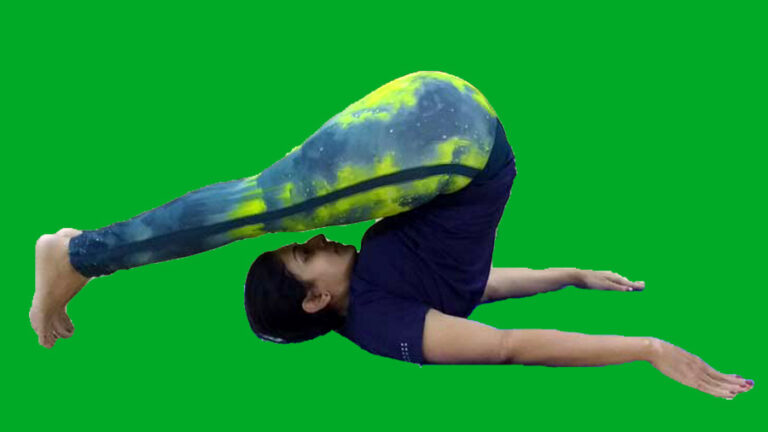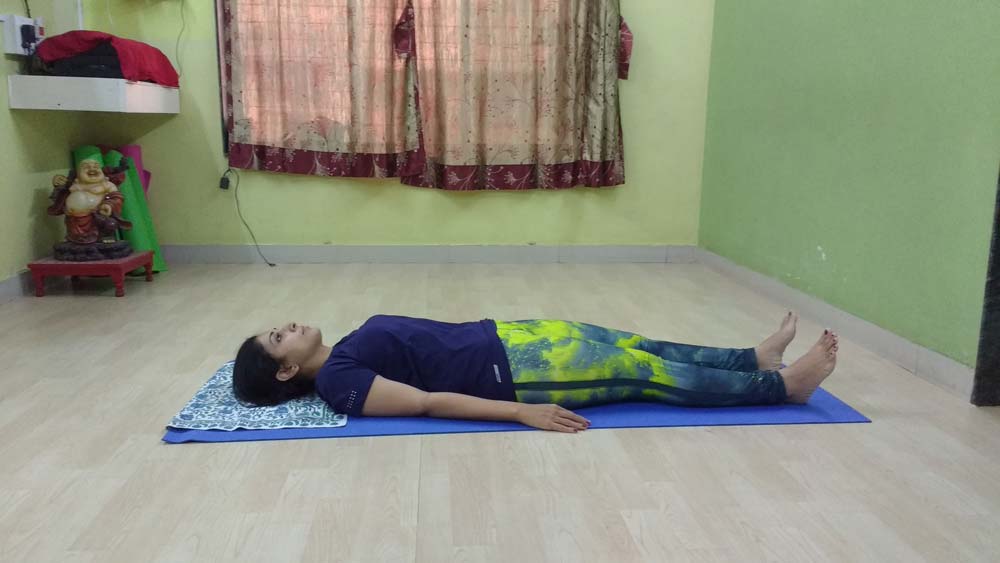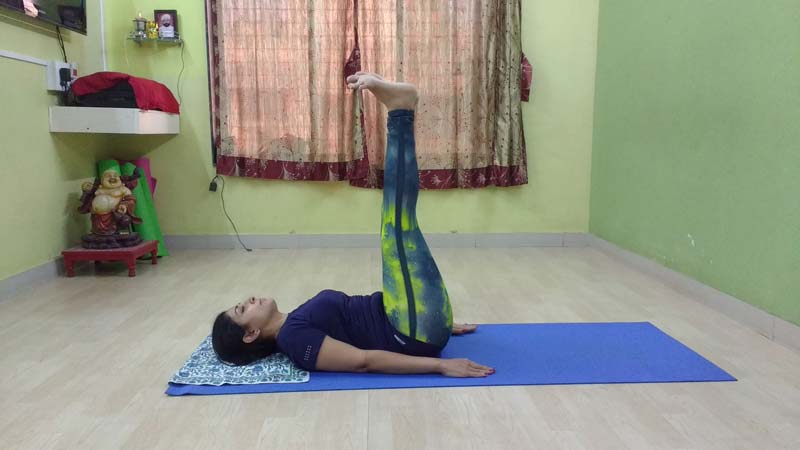Table of Contents
Plow Pose Yoga – Halasana – Steps, Benefits & Precautions
Plow Pose Or Halasana is a folded inversion posture used for the forward bending of the spine. Besides, looking like a plow in the final position, the benefits of Halasana are similar to the one drawn from the field, by plowing it. The asana derives its name from the words ‘Hala’ which means ‘plow’ and ‘Asana’ which means ‘posture’. A plow is a farming instrument used by farmers across India to prepare the soil for the sowing of seeds. In the sequence of yoga asanas, Halasana is usually performed in conjunction with Sarvangasana and Uttanpadasan. Halasana is fairly an advanced Yoga Pose and should be attempted only after getting the good spinal flexibility.
Halasana has been categorized under inversion Yoga Poses. In yoga, an inversion refers to those postures in which the practitioner’s heart is at a higher level than the head. An inversion, improve overall health in general, reduce anxiety and stress, increase mental power and improve concentration.
Halasana Steps
- Spread a thick blanket or a yoga mat on the flat ground.
- Lie on the back.
- Ensure that the head and spine are in line and that the legs are straight with the feet together.
- Hands should be placed beside the body with palms facing down.
- Breathe in and while retaining the breath inside, slowly raise the legs higher up, bringing them to the vertical position, using abdominal muscles.
- Press down the arms to lift the buttocks, rolling the back away from the floor.
- Lower the legs above the head, till the toes touch the ground beyond the head.
- Do not force the toes to touch the floor.
- Keep the knees quite straight and close together.
- Press the chin against the chest.
- Breathe slowly and deeply through the nose.
- Relax in the final pose as long as is comfortable.
- Return to the starting position by gradually lowering each vertebra of the spine to the floor, followed by the buttocks and then the legs, keeping the knees straight.
- Retain the breath inside while returning to the starting position.
- Remain in Savasna for some time and then open the eyes.
Halasana Precautions
- Those suffering from high blood pressure, slipped disc or sciatica should not practice this asana.
- People suffering from neck injuries should avoid the plow pose (Halasana)
Halasana Benefits
- The thyroid gland is activated, balancing the body’s metabolic rate.
- The deep and superficial muscles of the back, which are responsible for the healthy condition of the spine, are fully stretched and relaxed.
- All the abdominal organs are massaged, relieving constipation and dyspepsia.
- Halasana is good for diabetic people as it massages pancreas and promotes the production of Insulin.
- Liver and kidneys are made healthier by the practice of Halasana.
- The spleen and suprarenal glands are revitalized by its regular practice.
- The spasm is relieved from back muscles by the practice of Halasana.
- Its practice tones the spinal nerves.
- This asana prevents the early ossification of the vertebral bones.
- Halasana removes excess fats from the abdomen and lower back and is a good asana for weight loss.
Halasana (Plow Pose) Sequence
Halasana is generally done in combination with Uttanpadasana and Sarvangasana. Follow Halasana either with Matsyasana or Supt-Vajrasana as a counter pose.
Halasana (Plow Pose) For Beginners
- The best way for beginners to do this asana is to place folded blankets under their shoulders, which will give some support to their neck.
- Beginners can put a pillow under their hips, if they find it difficult to lift their hips off the ground, to give them an initial push.
- Beginners Should be very careful while returning to starting position and should return to the starting position by gradually lowering each vertebra of the spine to the floor, followed by the buttocks and then the legs, keeping the knees straight.




